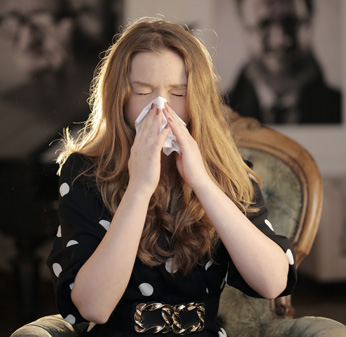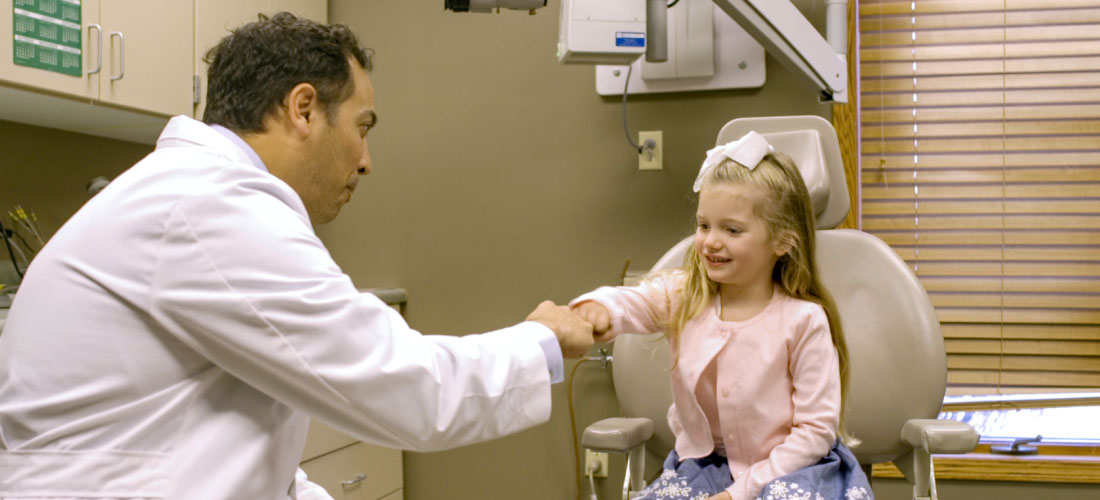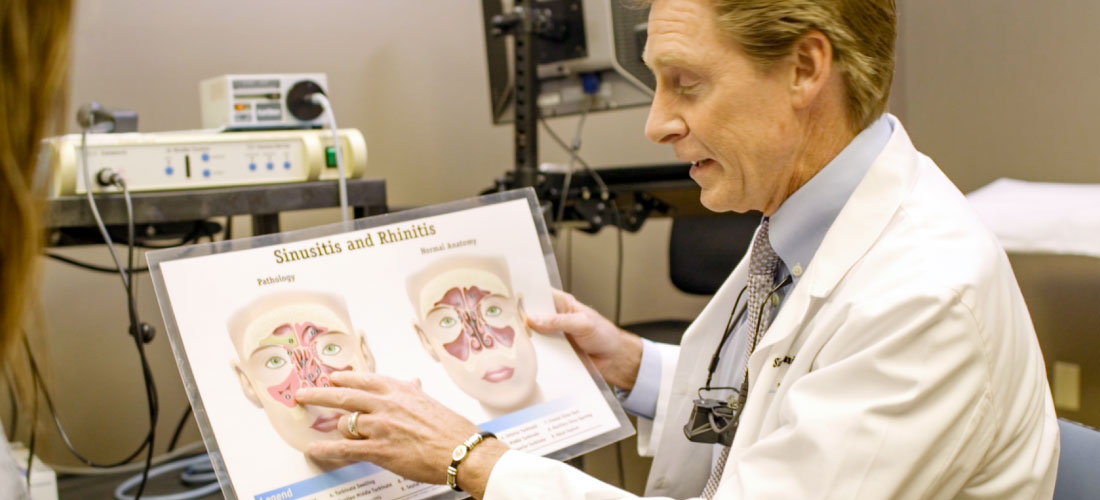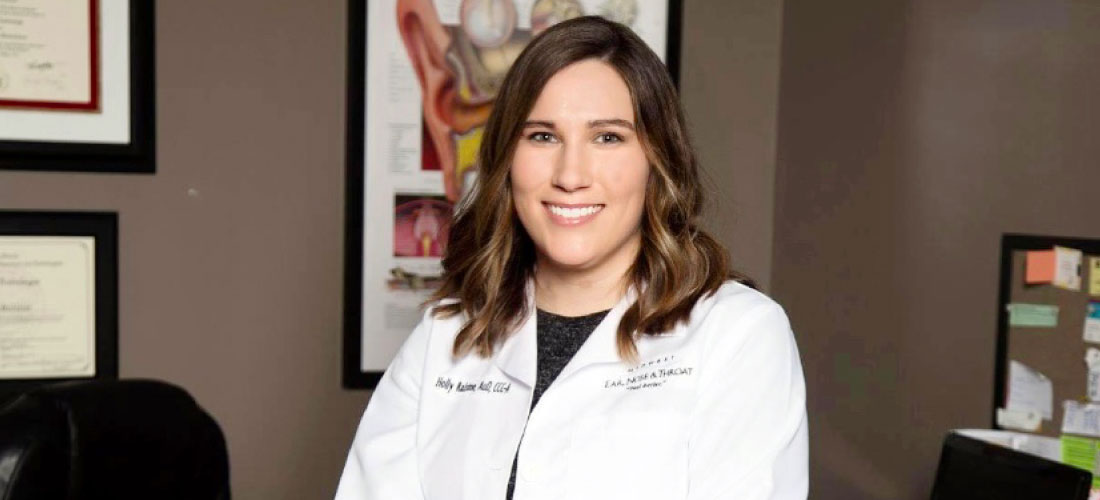Do you find yourself coughing, sniffling and sneezing and cannot identify a culprit? Sometimes it’s as simple as the environment that can create stubborn symptoms.
 Daniel Todd, MD, with Midwest Ear, Nose & Throat has been treating patients with allergies for over 25 years. His extensive experience makes him an expert when trying to identify the cause for discomfort. “In general, the most common allergens in the spring are tree pollens and molds. They tend to cause more congestion and postnasal drainage.” So how do you go about treating these symptoms? First, it’s important to understand how each one works to fully craft the best treatment option.
Daniel Todd, MD, with Midwest Ear, Nose & Throat has been treating patients with allergies for over 25 years. His extensive experience makes him an expert when trying to identify the cause for discomfort. “In general, the most common allergens in the spring are tree pollens and molds. They tend to cause more congestion and postnasal drainage.” So how do you go about treating these symptoms? First, it’s important to understand how each one works to fully craft the best treatment option.
Tree pollen is a stubborn airborne allergen associated with hay fever and causes a challenge when it comes to avoidance. “These tend to be seasonal allergies and cause symptoms such as itchy, watery eyes, eczema and asthma.” states Dr. Todd. In the Midwest, this is triggered through trees such as Cedar and Juniper, along with Elm and Cottonwood. Pollen can also be found amongst certain native weeds and grasses. Depending on your specific pollen allergy, you may notice symptoms are more noticeable at a certain time of day. Trees tend to pollenate all day, weeds pollinate more in the late mornings and early afternoon, followed by grasses pollinating more in the late afternoon and early evening.
Avoiding tree pollen is challenge, but there are some things you can do to help minimize exposure. “Running a HEPA room air cleaner in the bedroom, staying indoors when possible and closing windows can help reduce outdoor allergens”, said Dr. Todd. Many sufferers find it helpful to watch pollen counts through daily emails from websites such as www.pollen.com. In general, sufferers can find relief with over-the-counter medication and sometimes the need for a prescription helps those with stubborn symptoms.
Allergic symptoms due to molds and fungi are most common from July to early Fall, but can start as early as the first melting of snow. Mold spores become inactive in the winter months and grow on plants killed by the cold. Molds travel through the air and tend to thrive best in dark, damp areas. Unfortunately, this trigger is not just an outdoor allergen. Indoor mold spores can also cause a reaction when exposed. Using a dehumidifier, limiting time outdoors when mold counts are high, and wearing a dust mask when doing yard work can help decrease exposure.
But how do you know if that sneeze, cough or stuffed nose is from an environmental allergen? Dr. Todd suggests getting tested to ensure your treatment is headed in the right direction. “Skin testing is the gold standard in determining what you are allergic to,” he said. “Blood sampling is an acceptable option for those patients who are not good candidates for a skin test.” If you find you do have a reaction from environmental allergens, the first line of defense is avoidance. But Dr. Todd goes on to say, “Beyond that, saline nasal rinses and nasal steroid sprays are the best option for medically treating allergies.” More aggressive therapy may include allergy shots or sublingual therapy. Dr. Todd suggests consulting with a trained physician in allergy to tailor a treatment plan that is best suited for each and every patient. “My first line of defense is to offer the least amount of therapy to make the patient feel well.”












